Megaliths 🢔 Archaeological wonders 🢔 Categories of wonders
Wonder
Wassu stone circles
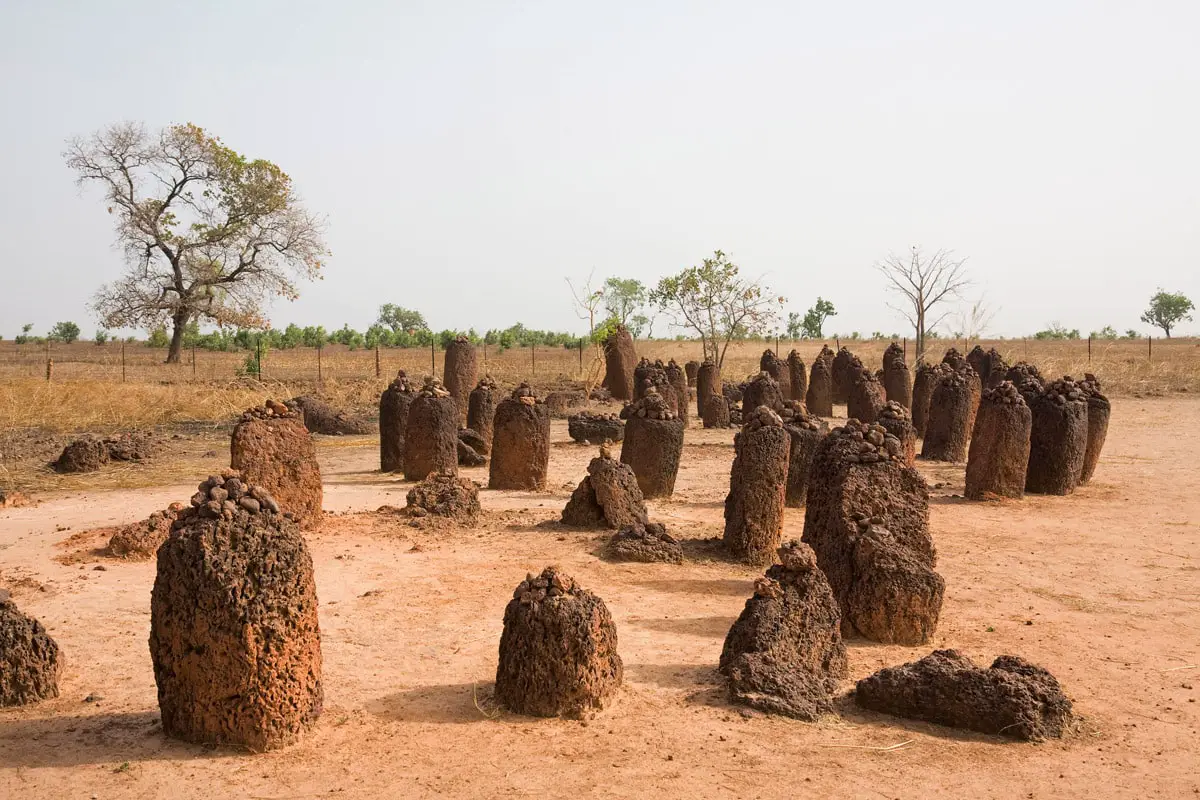
 In short
In short
The small Gambia has its own archaeological mysteries. Northern coast of Gambia River is dotted with interesting megalithic landmarks – prehistoric stone circles. No one knows for sure what was the purpose of these structures.
 44.3%
44.3%
GPS coordinates
Age
UNESCO World Heritage status
Map of the site
If you see this after your page is loaded completely, leafletJS files are missing.
 In detail
In detail
Near Wassu village is located the richest site in Gambia – 11 Wassu stone circles. These perfectly shaped stones have been erected here sometimes around 750 AD.
Legends
Many local people consider that stone circles have special powers and can be lethal if disturbed. They mention the case of excavations in the 1930s when the leader of the expedition and archaeologist died mysteriously. There are stories about stones that glow in the dark and powerful spirits lurking near these circles.
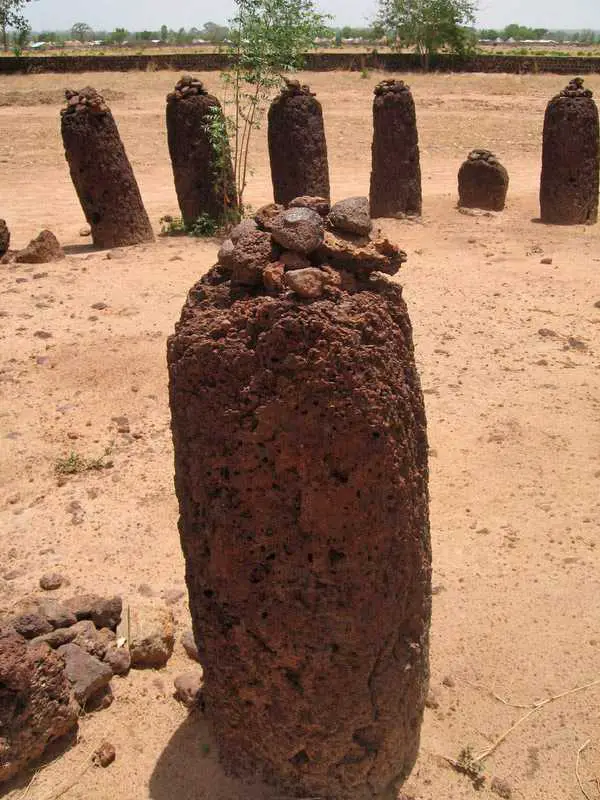
This adds charm to Wassu stone circles and certainly has helped to preserve these stones throughout the centuries.
History
Stone circles most likely were created by the local Serer culture. In this region (Senegal and Gambia) are found more than 1,000 such megalithic monuments which were created in the time period from the 3rd to 16th century AD.
According to the results of excavations (not the deadly ones but later expedition from the 1960s) Wassu stone circles were erected in the 7th – 9th century AD. Purpose of this work is not known.
Some centuries later, in the 10th – early 14th century in the centre of stone circles were buried important persons. At the end of this period here were buried some Islamic scholars thus further increasing the importance of stone circles among the locals.
Nowadays local people leave smaller stones or vegetables on the top of flat megaliths as offerings for better luck.
In 2000 there was built small museum next to the stones and since 2006 when the site was included in the UNESCO World Heritage list, Wassu stone circles belong to the most popular tourist destinations in this region.
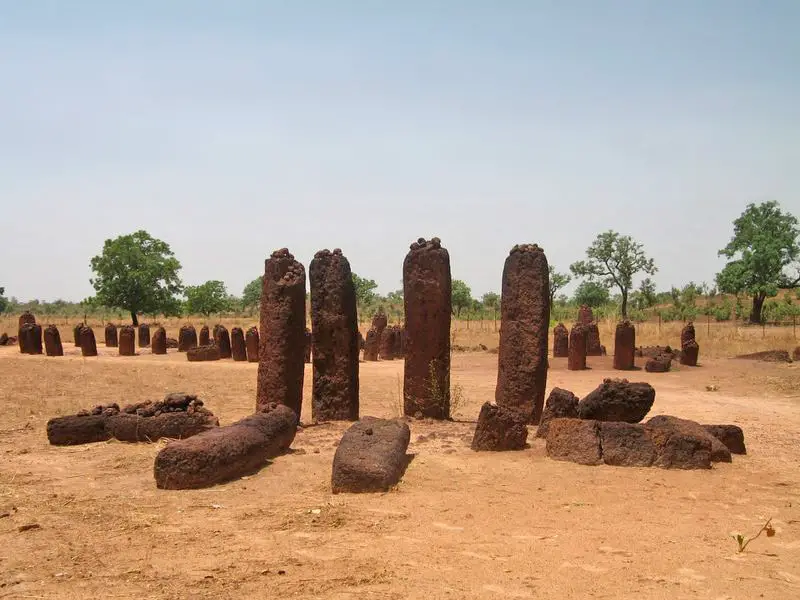
Description
Wassu stone circles have a diameter of 4 – 6 m. In each circle are 8 – 14 standing stones, next to the circle stand so-called "frontal stones".
Stones are made from laterite – sandstone which is cemented with lime and iron oxides. Initially, this stone is rather soft and it is fairly easy to form it in the needed shape. As time goes on, the stone becomes hard.
Megaliths have been shaped with great skill, most likely with iron tools. Most stones are shaped as round columns, with flat tops. There are also square columns. All stones in a circle have similar sizes and forms.
In Wassu are located the tallest standing stones in the Senegambian group of megaliths. Stones are 0.6 – 2.45 m high and up to 7 tons heavy.
 Linked articles
Linked articles
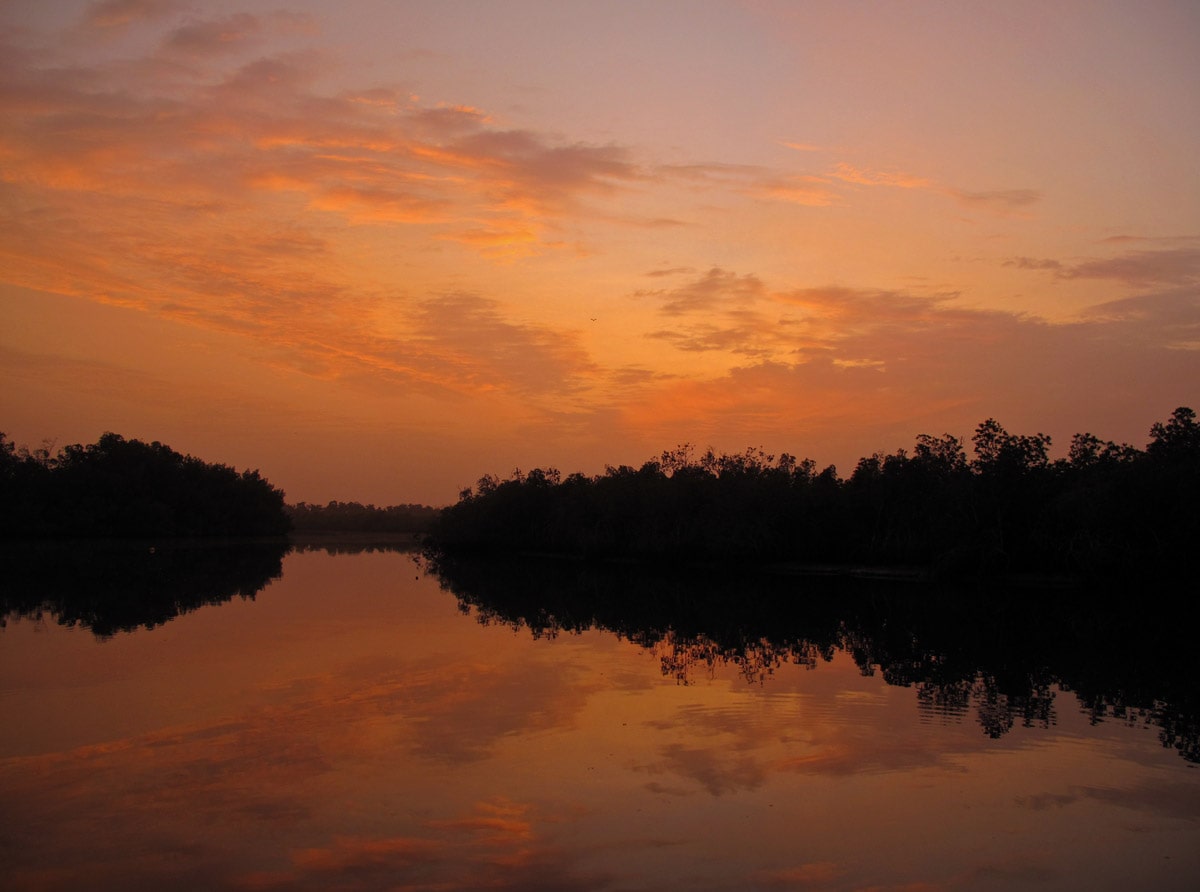
Wonders of Gambia
Gambia is the smallest mainland country in Africa. There are not too many landmarks in this lowland country but some are very interesting. Highlights of Gambia are the numerous megalithic stone circles and European-built fortifications both to support and to stop the slave trade.
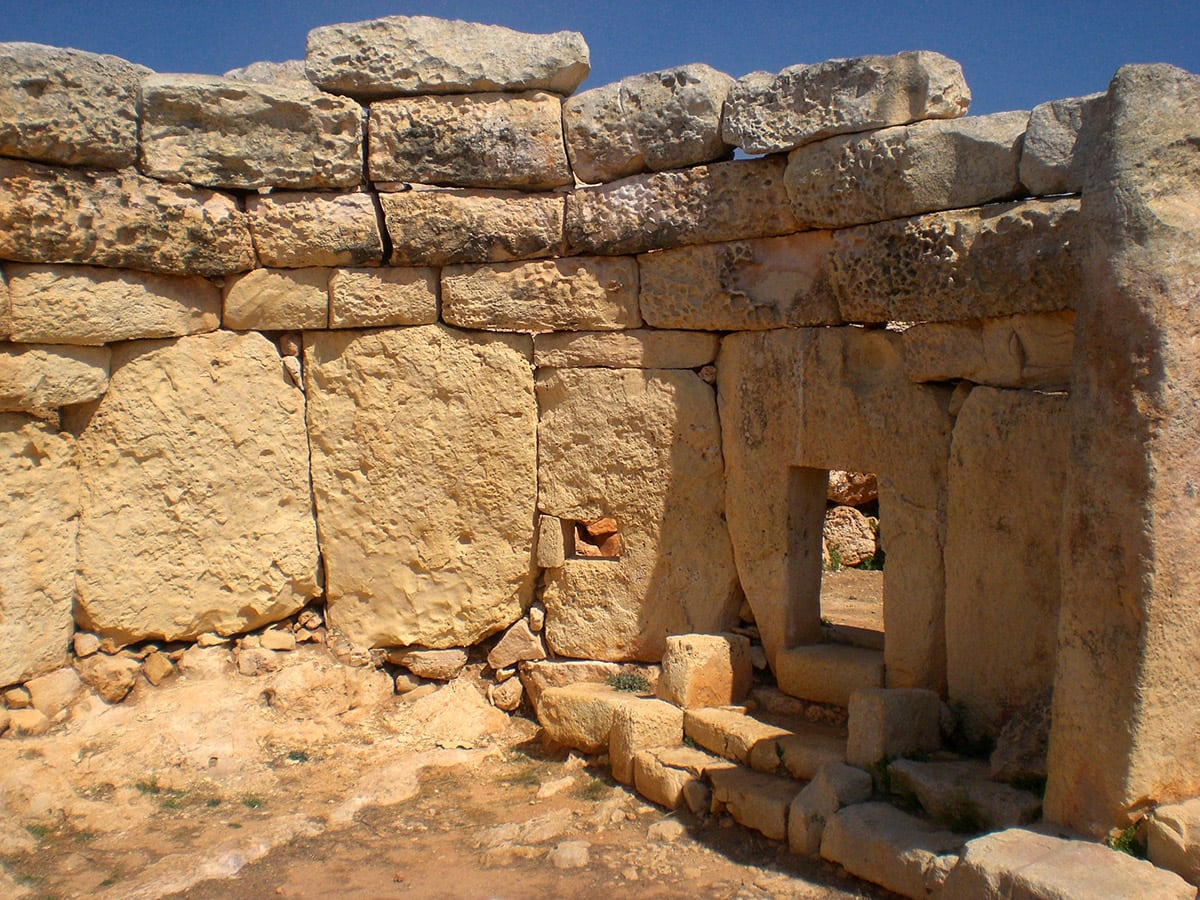
Megaliths
One of the most fascinating groups of archaeological monuments are prehistoric structures made of stones – megaliths. Through the ages, people have loved to strain their minds to find a sensible explanation for the many riddles posed by megaliths.
Even today, we can admit with some pleasure, there are thousands of mysteries left for us.
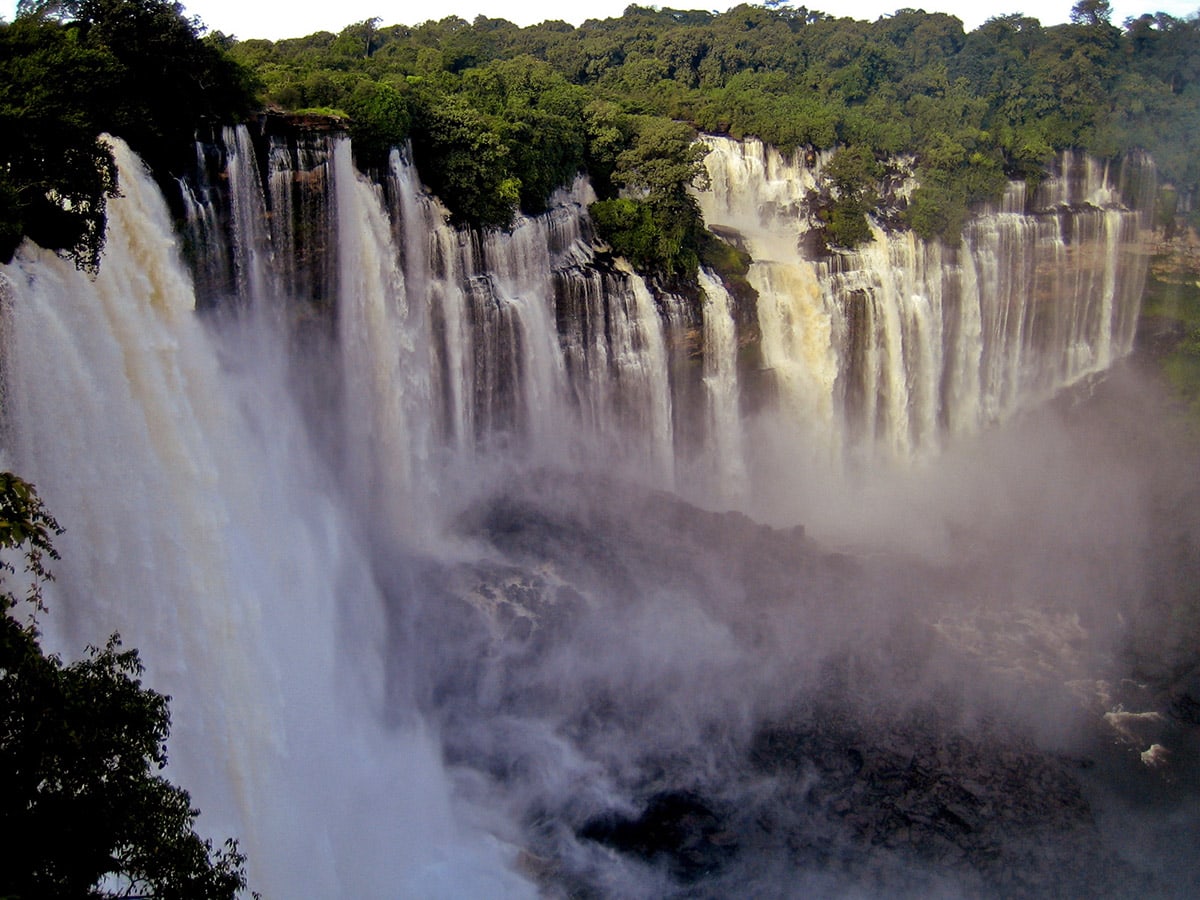
Wonders of Africa
Africa has many outstanding wonders and some of the most surprising ones are the heritage of Egyptian civilization, the vernacular architecture of the Sahel region, tropical ecosystems, and others.
 Recommended books
Recommended books
The Gambia: Land of the Mandinka
This third book in the Travelling Solo series, not only covers a single week in The Gambia but reflections on previous visits. In the first book, Vietnam: Journey of Unexpected Delights, the author, who thought she was joining a tour group, unintentionally found that she was traveling solo. What could have been a lonely and stressful holiday, turned out to be a magical experience, such that she has specifically chosen to travel solo ever since.
The Gambia
With 16 well-researched chapters and 26 useful maps, this new thoroughly updated second edition of Bradt’s The Gambia remains the most comprehensive guide available in any language to what is the smallest country on mainland Africa.


